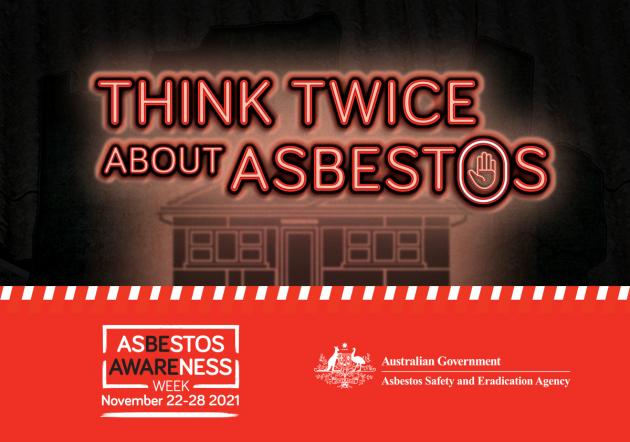The National Association of Testing Authorities accredits facilities that resolve asbestos issues and continues to work with the industry partners to get the message out there.
22nd November, Sydney – To mark the start of National Asbestos Awareness Week, the National Association of Testing Authorities (NATA) is highlighting some of the potentially fatal ways in which asbestos continues to impact our lives.
The importation of asbestos containing materials (ACM) was banned in Australia in 2003. Prior to this ACM was used in a variety of building products commonly found in the home. Most tradies and almost all home renovators are not trained to identify asbestos.
To the naked eye, asbestos is invisible and when damaged or disturbed it transforms into a dangerous airborne threat.
Asbestos can be found widely in homes, including;
- Exteriors;
- Bathroom, Toilet and laundries;
- Kitchens;
- Walls;
- Ceilings;
- Roofs;
- Carpet underlays, vinyl flooring; and
- Electrical meter boards.
It can also be found in car parts such as brake pads and gaskets.
NATA has accredited over 120 facilities across Australia for testing and identification of ACM.
In addition, NATA works together with the Australian Border Force to ensure that there is a rigorous process in place for materials and products coming into Australia.
Neil Shepherd, Sector Manager Life Sciences at NATA, said: “Some people, particularly those young enough to not remember the headlines when asbestos was banned, may not fully understand the dangers of this substance. But there is no reset function on your lungs.
“The threat is very real and we implore everyone, especially DIY renovators and tradies, to take the time to consider potential high-risk areas within their home and contact an expert to assess their individual situation.
“If your house was built before 1990, it’s in the high-risk category. And if you’re buying a property which is decades old, please get someone who has trained for this work to assess any renovations before starting new renovations, no matter how small you think the risk might be.”
For more information on how to stay vigilant and safe, head to the National Asbestos Awareness Week 2021 website.
